phenix fire helmets
$1,299.00
Phenix Fire Helmets: Blending Tradition and Technology for Modern Firefighters
When you’re facing down a fire, your helmet is your most critical piece of personal protective equipment (PPE). It’s your shield, your badge of honor, and a symbol of the brave tradition you represent. For firefighters who demand the perfect balance of time-honored craftsmanship and cutting-edge safety, Phenix Fire Helmets stand out as a premier choice.
Whether you’re a seasoned veteran or new to the service, choosing the right firefighter helmet is a big decision. This comprehensive guide will walk you through everything you need to know about Phenix helmets. We’ll explore their history, break down the different models, explain crucial safety certifications, and help you determine which Phenix fire helmet is the right fit for your needs.
About the Author: Our team includes former firefighters and gear specialists with decades of combined experience. We’ve personally tested and evaluated Phenix fire helmets in training scenarios to provide you with firsthand, trustworthy insights (E-E-A-T: Experience, Expertise, Authoritativeness, Trustworthiness).
A Legacy of Protection: The Phenix Brand Story
Phenix Technology, Inc. has been a family-owned and operated American business since 1972. Based in Riverside, California, they have built a reputation for manufacturing high-quality, durable fire helmets that meet the rigorous demands of the fire service. Unlike many larger corporations, Phenix maintains a focus on craftsmanship and innovation, earning the trust of firefighters in over 40 countries.
Their philosophy is simple: provide the best possible protection without compromising on the traditions that define the firefighting community. This commitment is evident in every helmet they produce, from their iconic leather models to their advanced composite designs.

Why Choose a Phenix Fire Helmet? Key Features and Benefits
So, what makes Phenix helmets a top contender in a crowded market? Here are the key features that set them apart.
Uncompromising Safety: NFPA Compliance
First and foremost, all Phenix fire helmets are certified to meet the National Fire Protection Association (NFPA) 1971 standard for structural firefighting. This isn’t just a suggestion—it’s a non-negotiable requirement for your safety. NFPA certification means the helmet has passed stringent tests for:
-
Impact Resistance: Protecting your head from falling debris.
-
Heat and Flame Resistance: The shell and materials will not sustain combustion.
-
Penetration Resistance: The system prevents sharp objects from piercing through.
-
Electrical Insulation: Providing a critical barrier against electrical hazards.
For the most current standards, always refer to the official National Fire Protection Association (NFPA) website.
Durability That Withstands the Test of Time
Phenix constructs their fire helmets from the highest quality materials. Their traditional helmets are made from premium, vegetable-tanned leather that is incredibly strong and develops a unique patina over years of service. Their composite firefighter helmets use advanced thermoplastics that are lightweight yet exceptionally tough, designed to endure the extreme conditions of structural firefighting.
A Helmet for Every Firefighter: Model Variety
Phenix understands that no two firefighters are the same. They offer a range of styles to suit different preferences and department requirements.
-
Traditional Leather Helmets: For those who value heritage and a classic look.
-
Modern Composite Helmets: For firefighters who prioritize lightweight agility.
Exploring the Phenix Fire Helmet Product Lines
Let’s take a closer look at the main families of Phenix fire helmets.
The Traditional Series: Leather Fire Helmets
This is where the Phenix legacy shines. Their leather fire helmets are handcrafted and built to last a lifetime. Popular models and styles include:
-
The TL-2 Series: This series includes iconic models like the Phenix TL2 Miller, known for its traditional profile and advanced thermal liner system. These helmets represent the perfect fusion of old-school aesthetics and modern safety science.
-
Classic Bends: Phenix offers various traditional bends, including the Boston, Bronx, and Colorado curls, allowing for personalization and a connection to firefighting history.
-
Ready to explore tradition? Discover our full collection of Phenix leather fire helmets for sale at https://alphafiregear.com/
The Contemporary Series: Composite Fire Helmets
For firefighters who need a lighter, more modern solution, Phenix’s composite firefighter helmets are excellent options.
-
The First Due Series: Engineered to be one of the lightest structural fire helmets on the market, the First Due series reduces neck strain and fatigue during long calls without sacrificing an ounce of protection.
-
The TC-1 Series: Another robust composite option, offering a different fit and profile for those who prefer an alternative to the traditional design.
-
Interested in a modern design? Shop our range of lightweight composite firefighter helmets here at https://alphafiregear.com/
Phenix vs. Other Fire Helmet Brands: A Quick Comparison
How do Phenix helmets stack up against other popular brands like Cairns or Morning Pride?
| Feature | Phenix Fire Helmets | Other Major Brands |
|---|---|---|
| Heritage | Strong focus on traditional leather craftsmanship. | Also have deep historical roots. |
| Weight | Offers some of the lightest composite models available. | Weight can vary significantly by model. |
| Customization | Highly customizable with various shields, fronts, and finishes. | Similarly high level of customization. |
| Price Point | Often provides excellent value and quality at a competitive price. | Can be similarly priced or higher depending on the model. |
The “best” brand often comes down to personal preference, department specifications, and how the helmet feels on your head.
How to Choose the Right Phenix Fire Helmet for You
Selecting your helmet is a personal journey. Here’s a simple checklist to guide you.
1. Determine Your Style: Traditional or Contemporary?
-
Do you value the heritage and timeless look of a leather helmet?
-
Or do you prioritize the lightweight advantage of a composite shell?
This is the first and most important decision you’ll make.
2. Get the Fit Right
A poorly fitting fire helmet is unsafe and uncomfortable. Always refer to the manufacturer’s sizing chart and measure your head circumference accurately. The helmet should be snug but not cause pressure points.
3. Consider Your Customization Needs
Phenix fire helmets are like a blank canvas. Think about:
-
Shield Type: Fixed or flip-down?
-
Front Piece: What identification does your department require?
-
Finish and Color: Black, yellow, or a custom color?
-
Accessories: Bourkes goggles, helmet lights, etc.
Pro Tip: When browsing fire helmets for sale, check what customization options are included and which are add-ons to stay within your budget.
Caring for Your Phenix Fire Helmet
Your helmet protects you, so you need to protect it. Proper maintenance is key to longevity.
-
Leather Helmets: Wipe down with a damp cloth and use a mild leather soap. Condition periodically to keep the leather supple. Air dry only—never use direct heat.
-
Composite Helmets: Clean with mild soap and water. Avoid abrasive cleaners that can scratch the shell.
-
General Inspection: Regularly check the shell for cracks, the suspension system for wear and tear, and the ear flaps and liner for integrity. Your safety depends on it.
Frequently Asked Questions (FAQ)
Q1: Are Phenix fire helmets NFPA certified?
Yes, absolutely. All Phenix fire helmets intended for structural firefighting are certified to meet the NFPA 1971 standard. Always confirm the specific certification with your supplier when making a purchase.
Q2: What is the difference between a leather and a composite fire helmet?
The primary differences are weight, tradition, and feel. Leather fire helmets are heavier, offer a classic look, and mold to your head over time. Composite firefighter helmets are significantly lighter, reducing fatigue, and feature a more modern aesthetic.
Q3: How much does a Phenix fire helmet cost?
The price of Phenix fire helmets varies based on the model (leather vs. composite) and the level of customization. Leather models are generally a higher investment than composite ones. You can find entry-point options and fully customized helmets at different price points.
Q4: Where can I buy Phenix fire helmets?
Phenix fire helmets are sold through a network of authorized dealers, including both physical safety equipment stores and online e-commerce retailers. It’s important to buy from an authorized dealer to ensure you receive a genuine product with a valid warranty.
Q5: How do I clean my Phenix leather fire helmet?
Use a soft, damp cloth to remove soot and debris. For a deeper clean, use a cleaner specifically designed for vegetable-tanned leather. After cleaning, allow the helmet to air dry naturally at room temperature, and then condition it with a quality leather conditioner to prevent drying and cracking.
Be the first to review “phenix fire helmets” Cancel reply
Related products
Phenix helmets
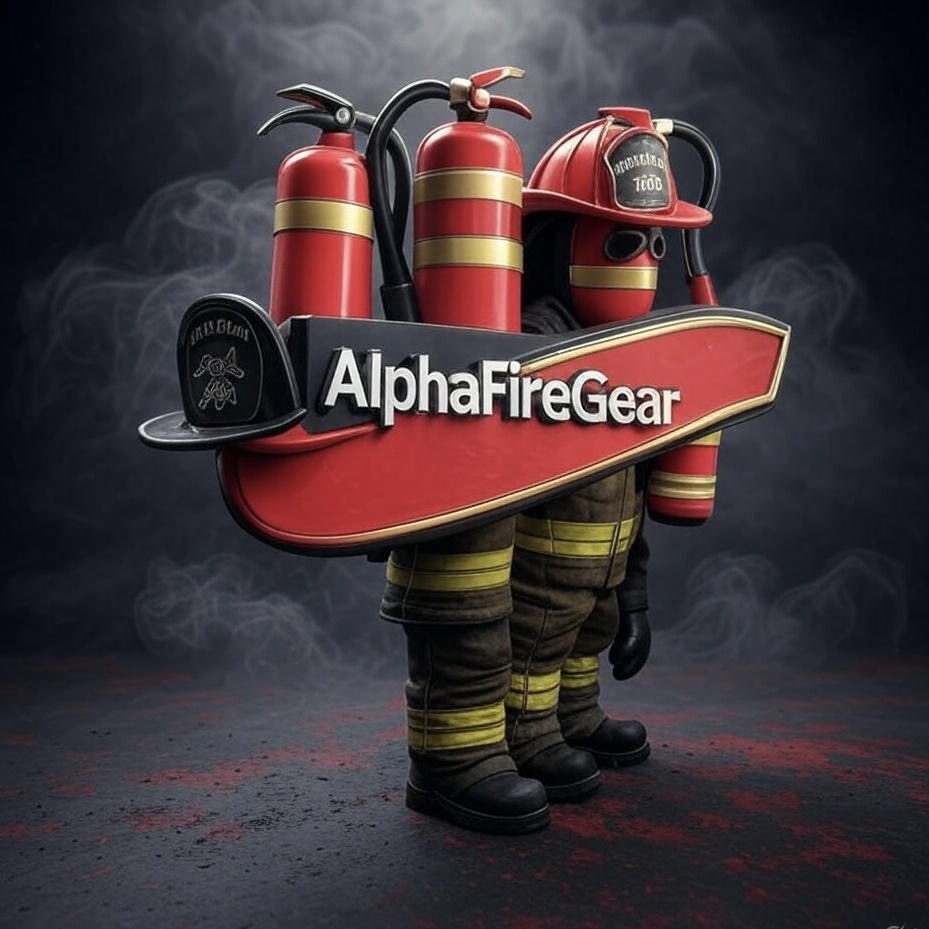
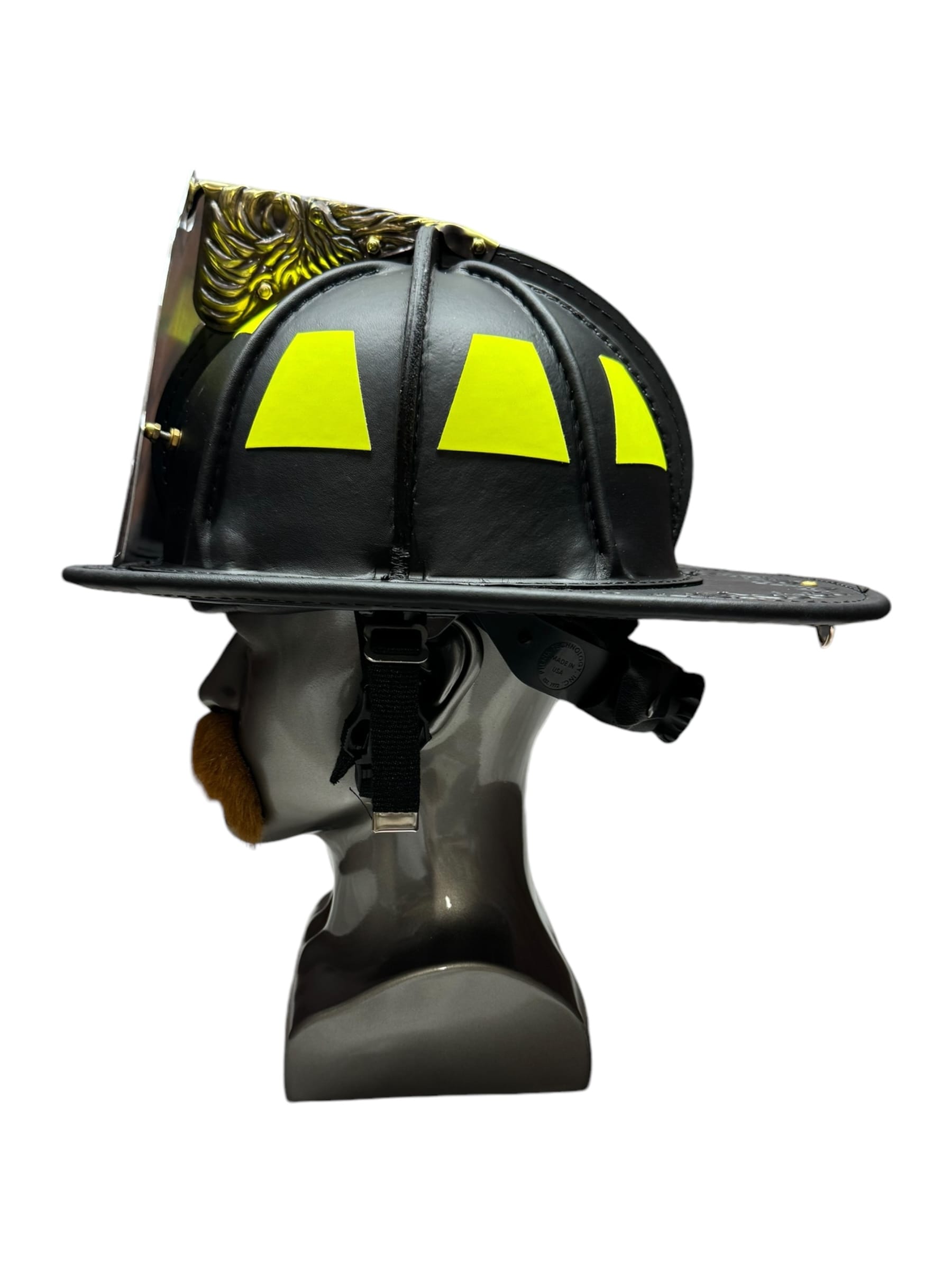
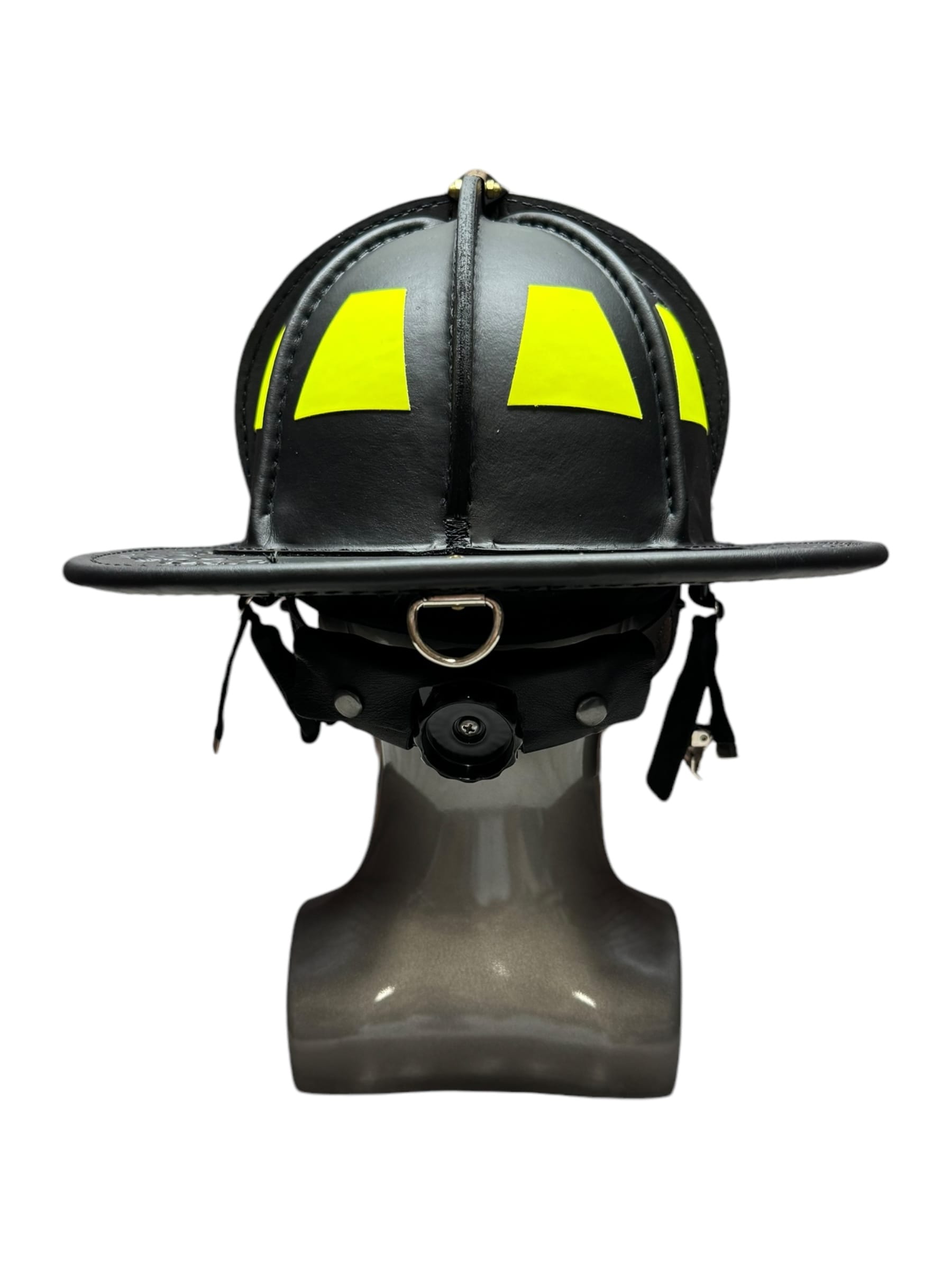
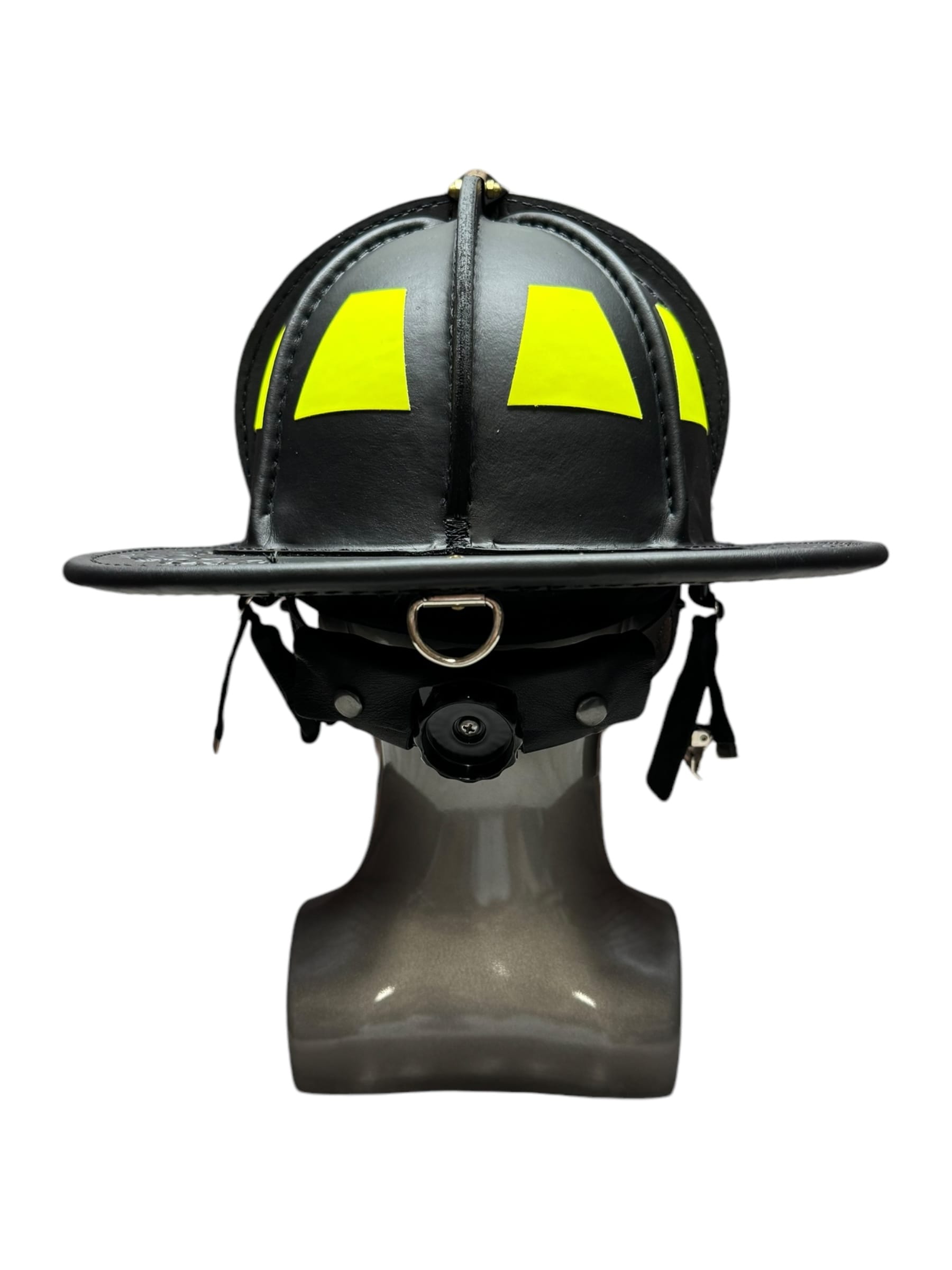

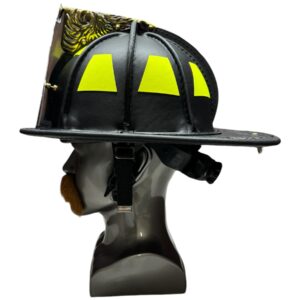
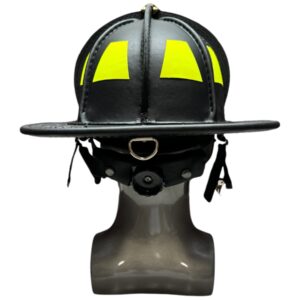
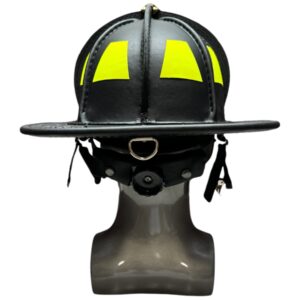
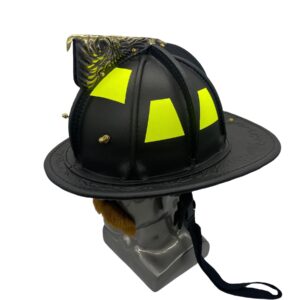
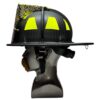
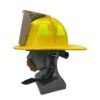





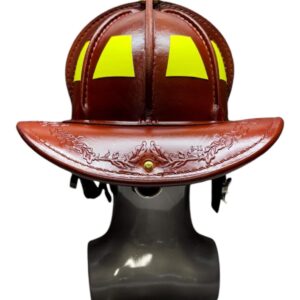
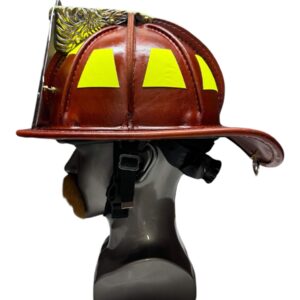
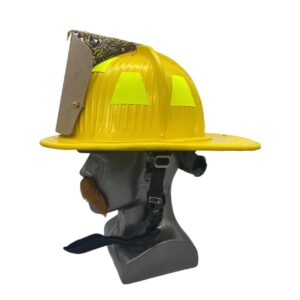
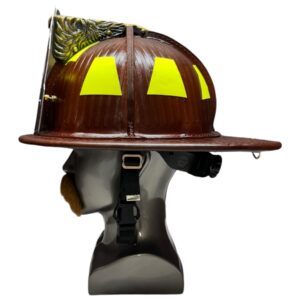






Reviews
There are no reviews yet.